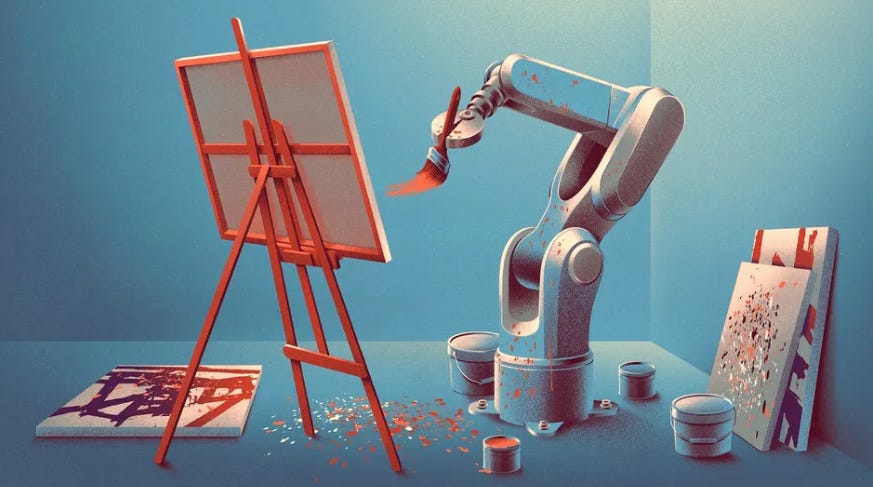Researchers uncover hidden ingredients behind AI creativity
LIVE SCIENCE
Diffusion models, the backbone of image-generating tools such as DALL·E, Imagen and Stable Diffusion, are designed to generate carbon copies of the images on which they’ve been trained.
In practice, however, they seem to improvise, blending elements within images to create something new — not just nonsensical blobs of color, but coherent images with semantic meaning.
This is the “paradox” behind diffusion models, said Giulio Biroli, an AI researcher and physicist at the École Normale Supérieure in Paris: “If they worked perfectly, they should just memorize,” he said. “But they don’t — they’re actually able to produce new samples.”
Read more | LIVE SCIENCE

